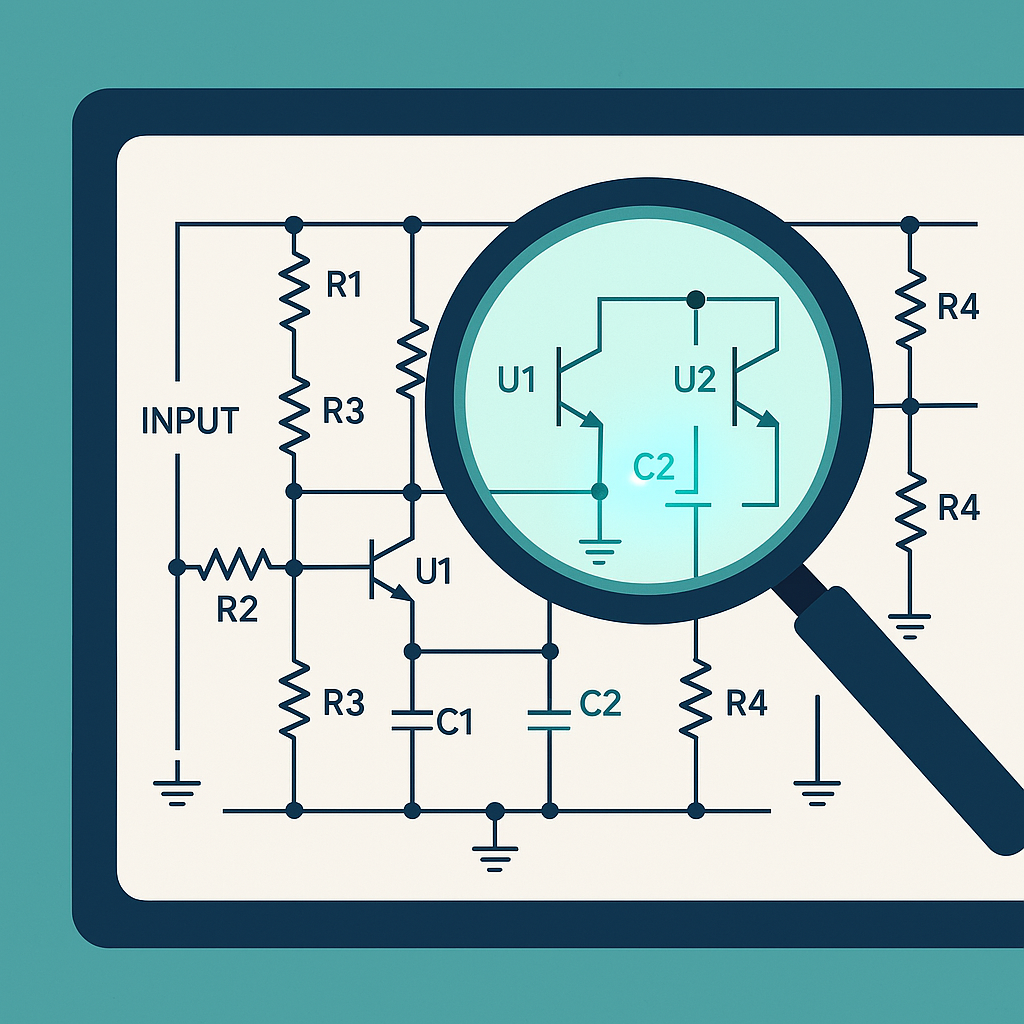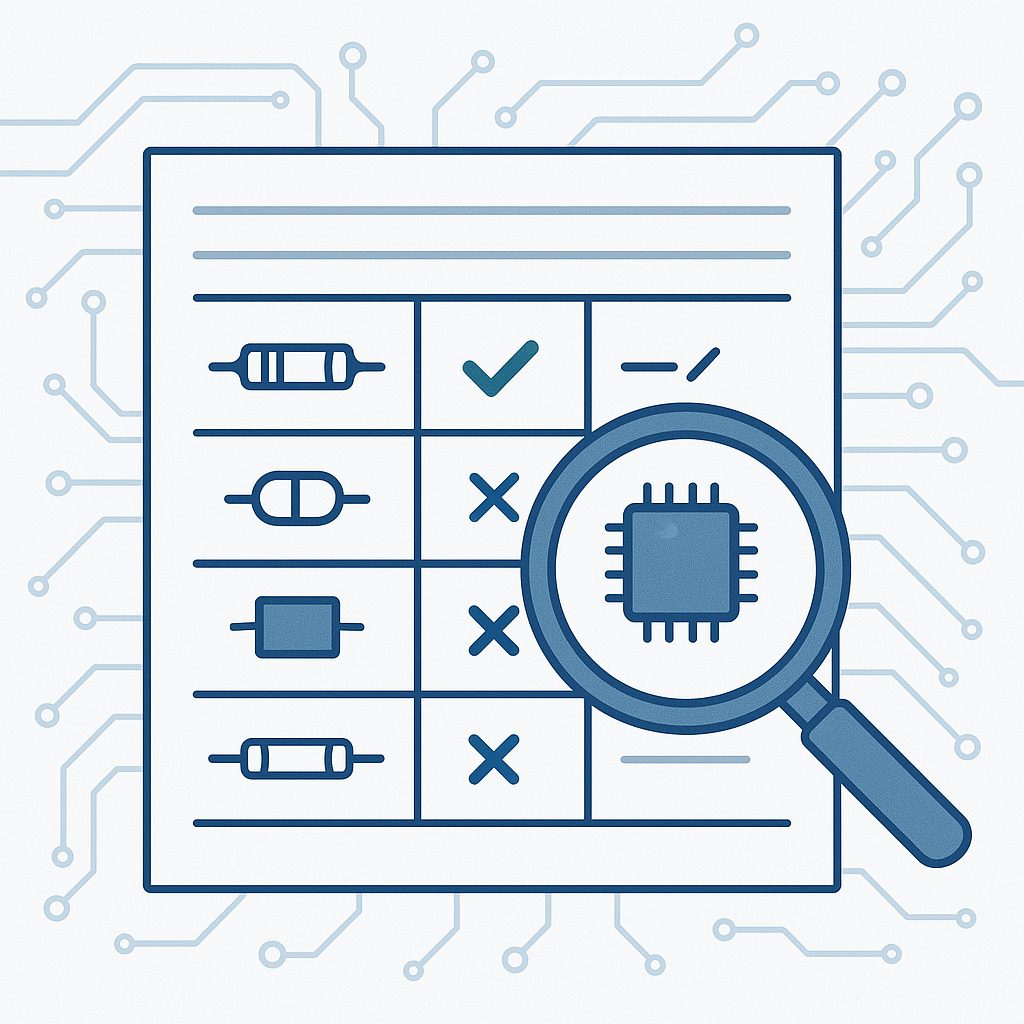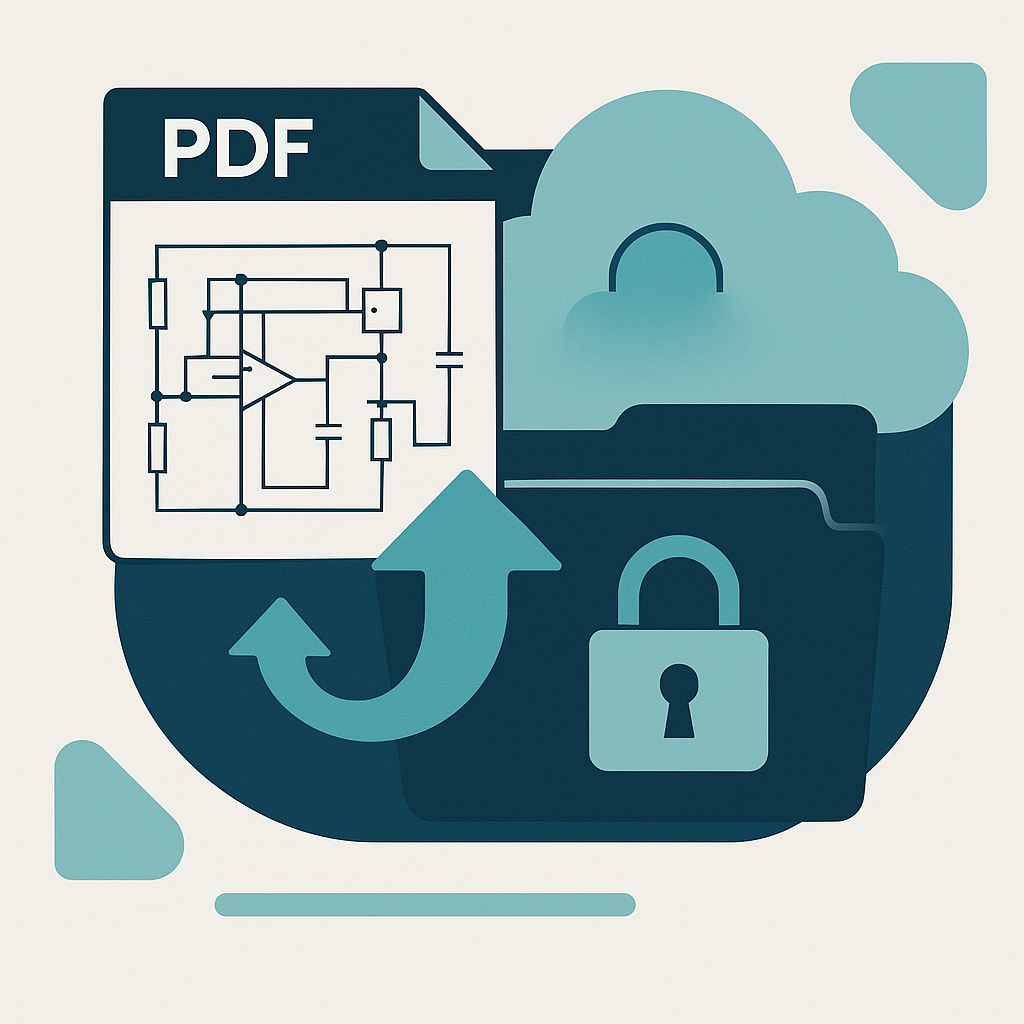Avoid costly mistakes and delays. Let Mint-Tek’s engineering team review your schematics for accuracy, manufacturability, and performance.

Our schematic review service is designed to accelerate your development process with expert insights and rapid feedback. Our team of experienced engineers has reviewed hundreds of designs across a wide range of industries, ensuring a deep understanding of best practices and common pitfalls. We offer a fast turnaround, delivering detailed feedback in as little as 48 hours. With a strong focus on Design for Manufacturability (DFM), we help ensure your schematic is optimised for both prototyping and full-scale production. And most importantly, your intellectual property is treated with the utmost care—our process is confidential and secure, so you can innovate with confidence.

During our schematic review, we conduct a thorough evaluation to ensure your design is robust, accurate, and ready for production. Our checks include:
Schematic accuracy
Component & BOM validation
Power supply & decoupling
Communication interfaces
Electrical validation

1. NDA
We begin by establishing a Non-Disclosure Agreement to protect your intellectual property.
2. Provide your schematic
Send us your design files (Eagle, Altium, KiCad, Cadence (concept and capture), PADS, PDF etc.) securely.
3. We review
Our engineers analyse your schematic and flag any issues related to design, logic, or manufacturability.
4. You receive a report
We provide clear, actionable feedback with suggestions for improvement.
5. Optional follow-up
Book a call to discuss the results and next steps.
Don’t risk a failed prototype. Let us help you build it right.

The review is conducted by experienced CAD engineers and is designed to be a quick but thorough inspection. A typical report would highlight areas such as:
Additional insights may include:
What’s not included:
To keep the review focused and efficient, the following are not included in the standard schematic review:
